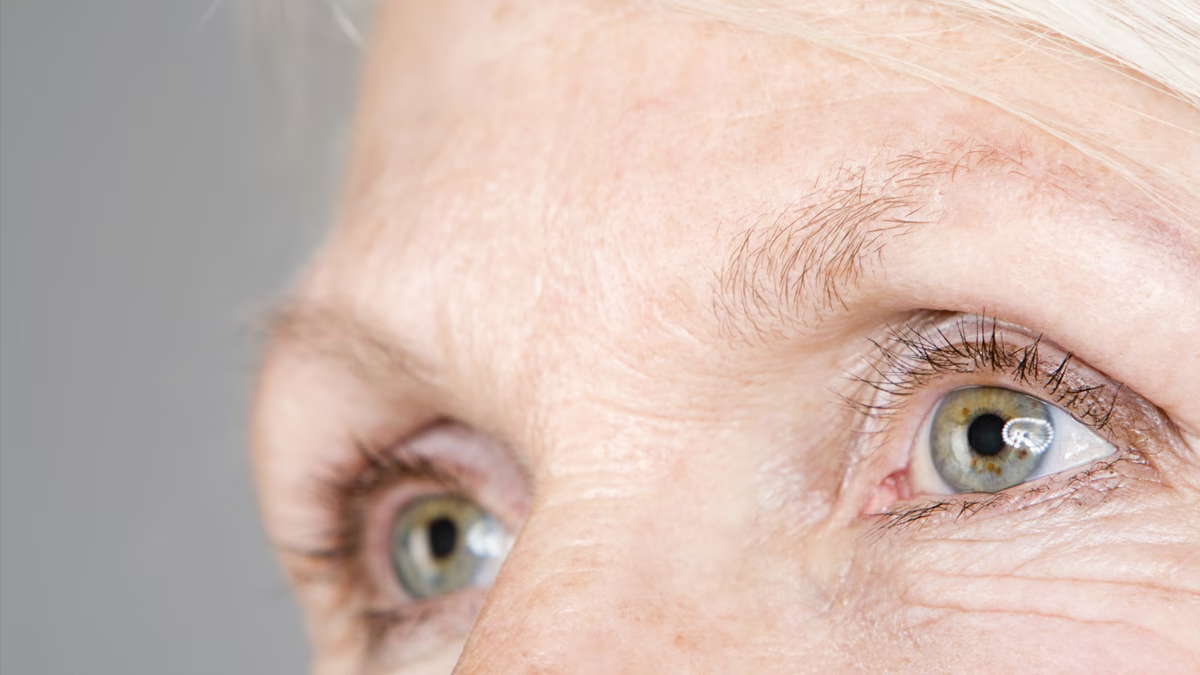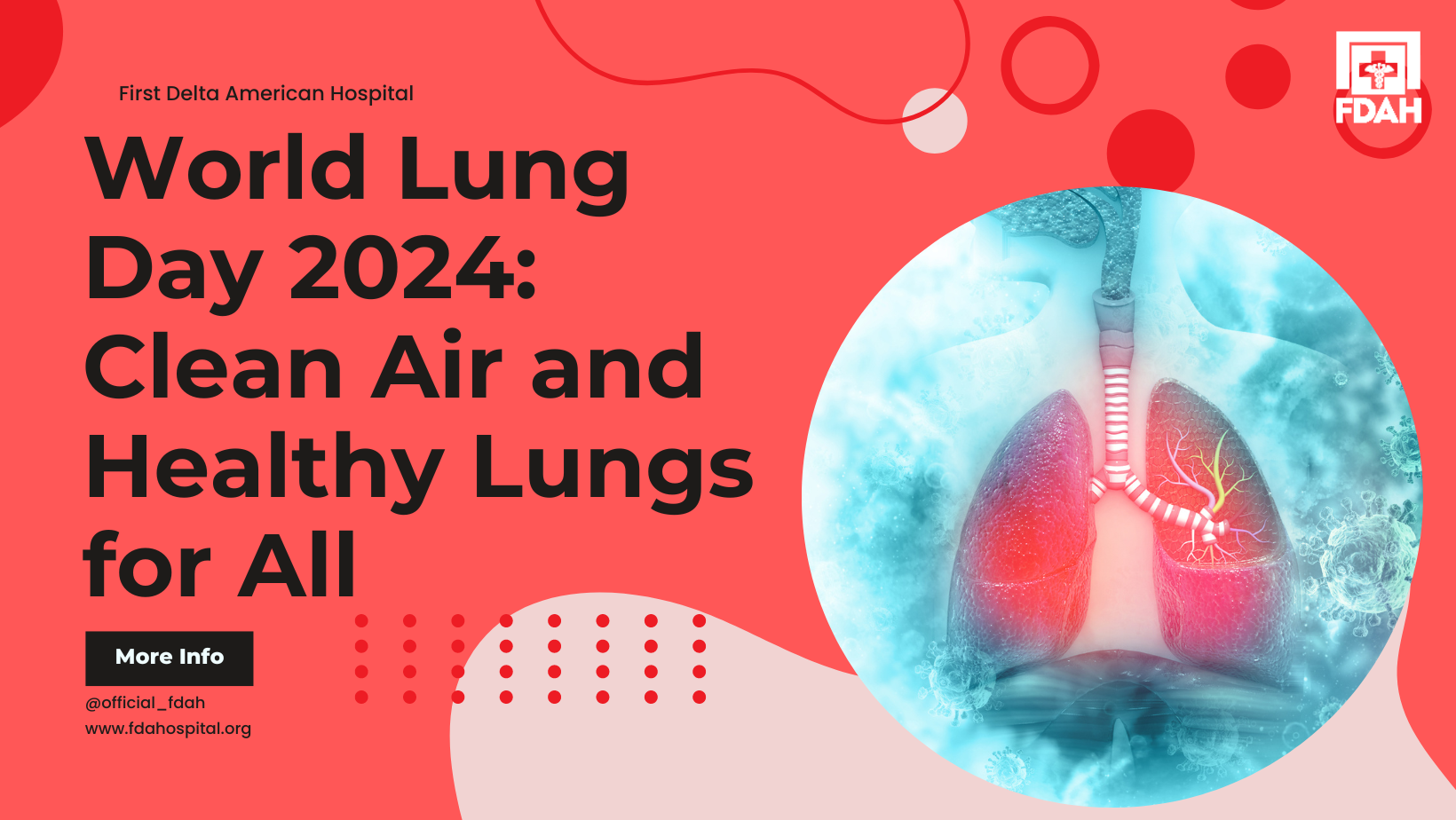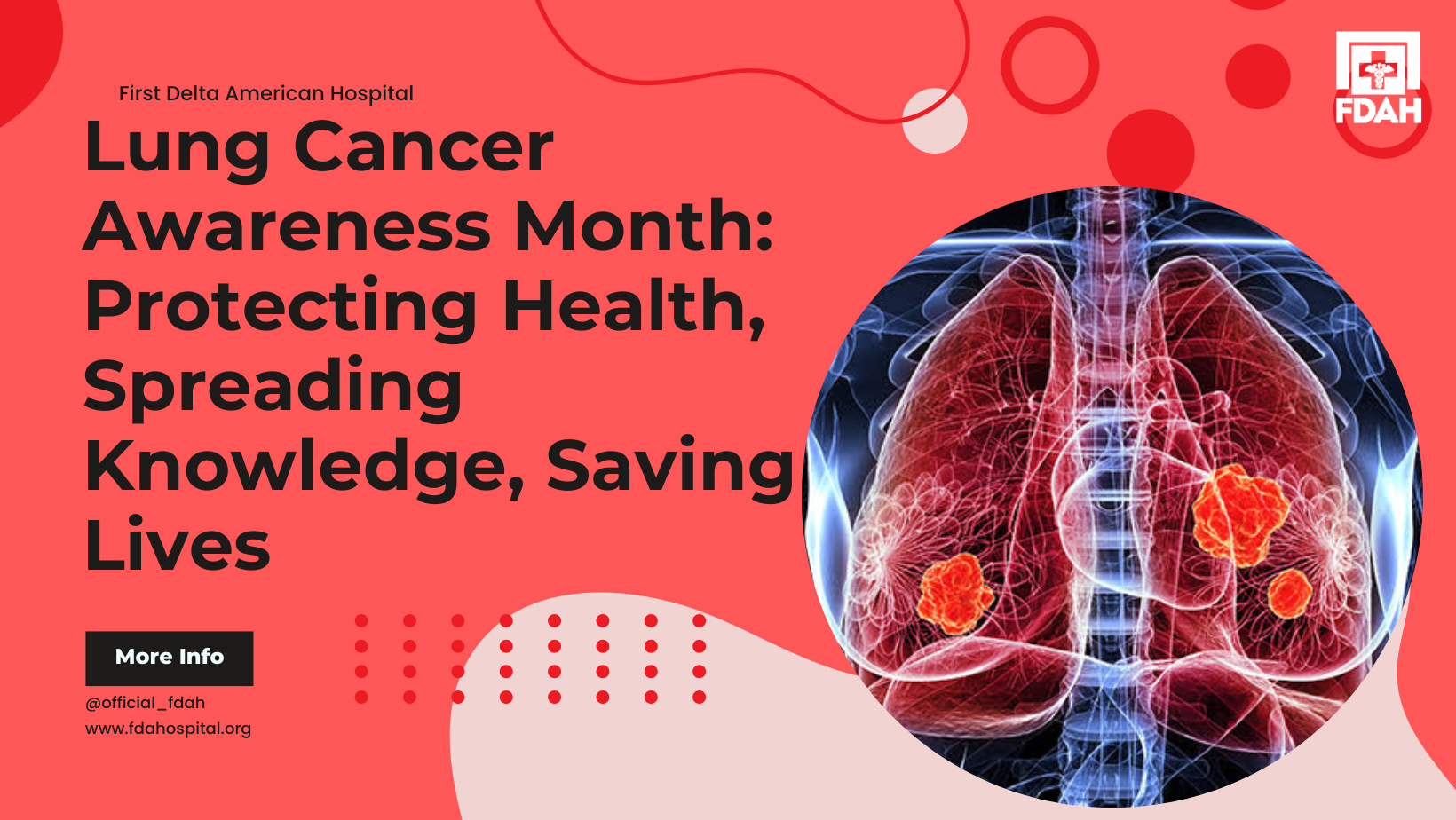The human eye is often referred to as a window to the world, allowing us to perceive and interact with our surroundings through sight. This fascinating organ is not only essential for our everyday activities but also plays a key role in our connection to people, nature, and everything around us. In this installment of the “My Body” series, we will dive deep into the anatomy of the eye, how vision works, common eye conditions, and how to care for your eyes to maintain lifelong healthy vision.
The Anatomy of the Eye: A Complex Marvel
The eye is a sophisticated organ made up of several delicate structures, each playing a critical role in the process of seeing. Let’s break down the main components:
- Cornea: The transparent, dome-shaped surface at the front of the eye. The cornea helps to focus light onto the retina by bending light rays entering the eye.
- Pupil: The dark circular opening in the center of the iris that allows light to enter the eye. It adjusts in size depending on the amount of light, expanding in dim lighting and contracting in bright environments.
- Iris: The colored part of the eye that surrounds the pupil. The iris controls the size of the pupil and, consequently, the amount of light entering the eye.
- Lens: A transparent, flexible structure located just behind the iris and pupil. The lens helps focus light onto the retina by changing its shape to focus on near or far objects.
- Retina: The innermost layer of the eye that contains photoreceptor cells (rods and cones). These cells convert light into electrical signals, which are then sent to the brain via the optic nerve.
- Optic Nerve: A bundle of over one million nerve fibers that carries visual information from the retina to the brain, where it is interpreted as images.
- Vitreous Humor: A gel-like substance that fills the main chamber of the eye, maintaining its shape and providing support to the retina.
How Vision Works: The Science Behind Seeing
The process of vision begins when light enters the eye and is focused onto the retina. Here’s how it happens step-by-step:
- Light Enters the Eye: When light reflects off an object, it enters the eye through the cornea and passes through the pupil. The iris adjusts the pupil size to control how much light enters the eye.
- Light Focused by the Lens: The lens changes shape (a process called accommodation) to focus light onto the retina. This focusing ability allows us to see objects at different distances clearly.
- Retina Converts Light to Electrical Signals: The retina is equipped with millions of light-sensitive cells called rods and cones. Rods are responsible for detecting low light levels and peripheral vision, while cones detect color and are active in bright light.
- Transmission to the Brain: Once the retina converts the light into electrical signals, the optic nerve transmits these signals to the brain, specifically the visual cortex, where they are processed into the images we see.

Common Eye Conditions: Protecting Your Vision
The eyes are prone to several conditions and diseases that can affect vision. Some of the most common include:
- Myopia (Nearsightedness): A condition in which close objects appear clear, but distant objects are blurry. It occurs when the eyeball is too long or the cornea has too much curvature.
- Hyperopia (Farsightedness): The opposite of myopia, where distant objects appear clear, but near objects are blurry. It is caused by a shorter-than-normal eyeball or a flatter cornea.
- Astigmatism: An imperfection in the curvature of the eye’s cornea or lens, leading to distorted or blurred vision.
- Cataracts: Clouding of the lens, which affects vision and is common in older adults. Cataracts can be treated with surgery to replace the cloudy lens with a clear artificial one.
- Glaucoma: A group of eye conditions that cause damage to the optic nerve, often due to high pressure inside the eye. Left untreated, glaucoma can lead to vision loss.
- Macular Degeneration: An age-related condition that affects the central part of the retina (the macula), leading to vision loss in the center of the visual field.
Caring for Your Eyes: Tips for Maintaining Eye Health
Caring for your eyes is essential for maintaining good vision and preventing eye diseases. Here are some practical tips to ensure your eyes stay healthy:
- Regular Eye Exams: It’s important to schedule routine eye exams with an optometrist or ophthalmologist. Even if you think your vision is fine, eye exams can detect issues before they become serious.
- Protect Your Eyes from UV Light: Just like your skin, your eyes are sensitive to ultraviolet (UV) rays from the sun. Prolonged exposure to UV light can increase the risk of cataracts and macular degeneration. Wear sunglasses that block 100% of UV rays whenever you’re outside.
- Practice the 20-20-20 Rule: Staring at screens for long periods can strain your eyes. Every 20 minutes, look at something 20 feet away for at least 20 seconds to give your eyes a break.
- Eat Eye-Friendly Foods: Nutrients like omega-3 fatty acids, lutein, zinc, and vitamins C and E are great for maintaining healthy vision. Incorporate foods such as leafy greens, fatty fish, eggs, and citrus fruits into your diet.
- Quit Smoking: Smoking increases the risk of eye diseases like cataracts and macular degeneration. If you smoke, consider quitting to protect your eyes.
- Wear Protective Eyewear: Whether you’re working on a home improvement project or playing sports, wearing protective goggles can prevent injuries to your eyes.

Advances in Eye Care: The Future of Vision Health
Thanks to advances in science and technology, eye care has come a long way. From corrective lenses and laser eye surgery to treatments for degenerative eye diseases, here are a few innovations in eye health:
- Laser Eye Surgery (LASIK): LASIK is a popular procedure that corrects vision problems like myopia, hyperopia, and astigmatism. By reshaping the cornea with a laser, LASIK allows many people to live without glasses or contact lenses.
- Gene Therapy for Eye Diseases: Advances in gene therapy hold the potential to treat inherited eye conditions like retinitis pigmentosa and Leber congenital amaurosis. These therapies aim to restore or improve vision by correcting defective genes.
- Bionic Eyes: Although still in the early stages of development, bionic eyes or retinal implants have the potential to restore vision to individuals with certain types of blindness, such as age-related macular degeneration.
Fun Facts About the Eyes
- Fast Focus: The eye muscles are the fastest muscles in the human body, allowing us to quickly shift our focus from one object to another.
- Unique Fingerprint: The iris is so unique that no two people have the same iris pattern, making it a reliable tool for identification.
- Blinking Count: On average, a person blinks around 15 to 20 times per minute, adding up to around 28,000 times a day.
Conclusion: The Eyes – More Than Just Vision
The human eye is a remarkable organ that does so much more than help us see. It connects us to the world, enhances our daily experiences, and plays a critical role in our overall health. By understanding how our eyes work, the conditions that can affect them, and how to properly care for them, we can ensure that we enjoy clear vision for years to come.
Incorporate these eye health tips into your daily routine and make eye care a priority. After all, your eyes are your windows to the world, and they deserve the best care possible.



